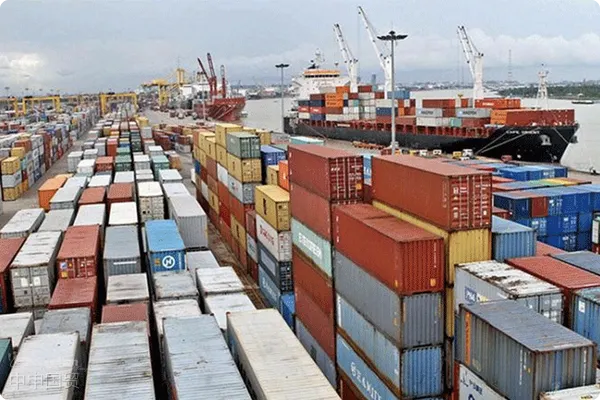- Shanghai Zhongshen International Trade Co., Ltd. - Two decades of trade agency expertise.
- Service Hotline: 139 1787 2118

Contents
ToggleEquipment ImportsThe "three highs" dilemma
Under the framework of the newly revised "Administrative Measures for the Import of Electromechanical Products" in 2025, equipment imports face...High technological barriers, high compliance costs, and high timeliness risks.The "three highs" challenge. A medical equipment importer faced a 30-day port detention due to misclassification, ultimately incurring an 18% additional cost. This real-life case highlights the necessity of professional agency services.
Five-step customs clearance process breakdown
- Pre-Classification Confirmation
- Collect equipment technical parameters and usage instructions.
- Match the 2025 edition HS code database.
- Application for Customs Advance Ruling Opinion.
- Documentation system construction
- It is recommended to verify through the following methods:Verification of Preferential Tax Rates
- Special Equipment Safety Certification Documents (e.g.3CCatalog Update Items)
- Payment Voucher and Trade Authenticity Verification
- Intelligent declaration system
- Connect to the Customs Single Window 4.0 system.
- Automatically verify the logical relationships of declaration elements
- Generate structured customs declaration dataset
- On-site inspection response
- Book the Green Channel for Local Inspection
- Prepare technical description visual materials
- On-site rapid response mechanism
- Tax optimization management
- Application of Tariff Guarantee Insurance
- Dynamic Tracking of Tax Reduction and Exemption Policies
- Cross-border VAT Deferral Scheme
Comparison Between Autonomous Operation and Professional Agency
A smart manufacturing enterprise's comparative data on the two models shows:
- Time Cost: Self-declaration takes an average of 22 working days vs. 9 working days for agent-assisted declaration.
- Error rate: First-time approval rate 38% vs. professional agency 97%
- Total costs:Hidden costs account for 27% vs. full-process cost control
Key Points of the New Customs Clearance Regulations for 2025
Based on the latest regulatory requirements issued by the General Administration of Customs:
- The safety certification catalog for electromechanical products has added 12 new categories of equipment.
- Used equipment imports require a carbon emissions assessment report.
- Declaration elements to include technical parameters and blockchain notarization requirements.
Risk warnings and countermeasures
Three high-frequency risk points recently:
- Classification Dispute: Separate Declaration of Functional Modules for Industrial Robots
- Documentation discrepancy: The format of the original manufacturer's authorization letter does not comply with AEO certification standards.
- Logistics exception: Hazardous equipment packaging labels do not comply with GHS Revision 7.
Professional agencies establish byThree-level early warning mechanism, achieving a 65% increase in risk identification rate and an 80% reduction in issue resolution time.
Related Recommendations
? 2025. All Rights Reserved. Shanghai ICP No. 2023007705-2  PSB Record: Shanghai No.31011502009912
PSB Record: Shanghai No.31011502009912










